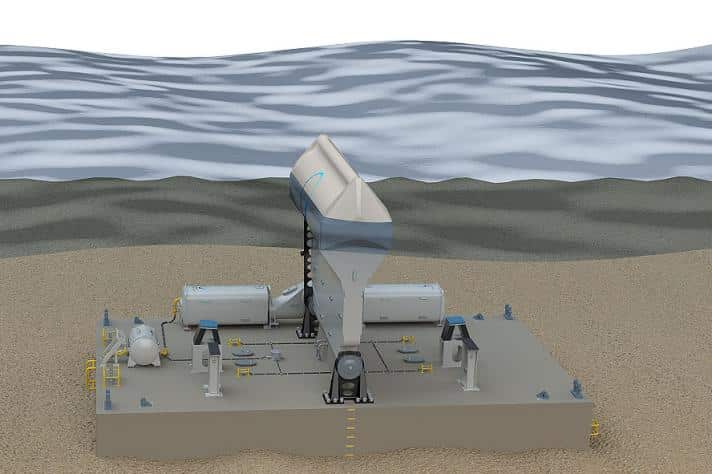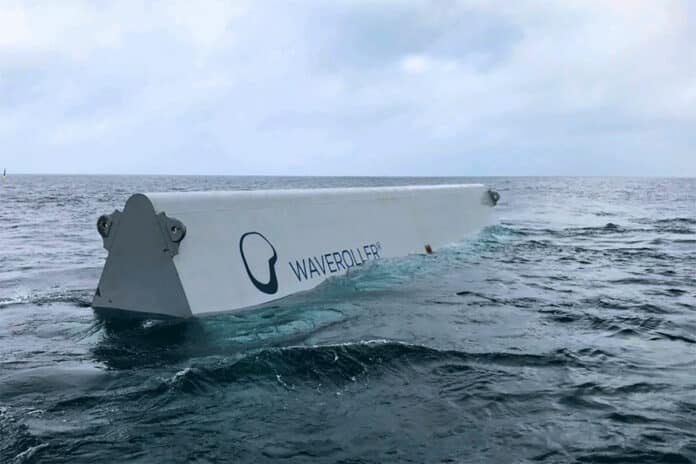Wave energy is considered to be the largest untapped renewable energy source on Earth. It has been estimated that the total potential wave energy resource worldwide is around 30,000 TWh/year – more than the total electricity consumption of the entire human population.
If we could harness this energy in an efficient and sustainable way, it would definitely help reduce our dependence on non-renewable energy sources like fossil fuels and contribute to a cleaner, greener future.
Unlike some renewable sources, wave conditions are highly predictable, which can be a huge advantage for grid operators looking to forecast energy sources ahead of time. With the extended use of wave energy converters, it is expected to provide up to 10% of the EU’s energy by 2050, which significantly contributes to reducing the need for fossil fuel backup generators.
The EU is making progress towards its renewable energy targets, with an aim to have at least 42.5% of renewable energy by 2030. Ocean energy is also a part of this plan, with an objective to have at least 1 GW of installed capacity by 2030 and 40 GW by 2050. If this target is achieved, it will be enough to supply roughly 40 million homes with energy, which is a significant step towards a sustainable future.

Finland’s AW-Energy has successfully developed WaveRoller, a technology that converts ocean wave energy to electricity. WaveRoller operates near the shore, where the waves are more consistent and powerful. It is installed at depths of 8 to 20 meters and is mostly or fully submerged and anchored to the seabed, depending on tidal conditions.
AW-Energy received support from the EU-funded WaveFarm project to scale up their wave energy production to industrial levels. The project has helped them adapt the WaveRoller unit and related processes for serial manufacturing and installation of multiple WaveRoller units into a WaveFarm array.
Additionally, it helped them broaden the portfolio of devices to meet customer WaveFarm needs, from a smaller scale WaveRoller-X to WaveRoller-C1 and larger C2. Thanks to the project, AW-Energy has also been able to develop the business and service models to enable replication and scale-up of the project.
Matthew Pech, CFO of AW-Energy, said WaveRoller can “deliver electricity closer to baseload power than other renewables and keep Europe at the forefront of innovative renewable technologies.” The WaveFarm project “enabled AW-Energy to take significant steps towards positive cash generation, both for the company and the European ocean energy sector, by readying the technology and the company for commercial deployment of the devices, and in developing the sales pipeline itself.”
AW-Energy has ambitious plans for the WaveFarm solution, which is expected to bring significant economic benefits and job creation to the EU. By implementing the WaveFarm project, AW-Energy aims to add €275 million to the European economy and create 500 jobs over the next decade.
Moreover, deploying WaveRoller technology is projected to reduce 250,000 tonnes of CO2 emissions by 2030, contributing to the transition to a sustainable blue economy. WaveFarms can also attract fish stocks, which is expected to benefit local fishing industries. Finally, WaveFarms can also contribute to local manufacturing and consequently create more jobs.
